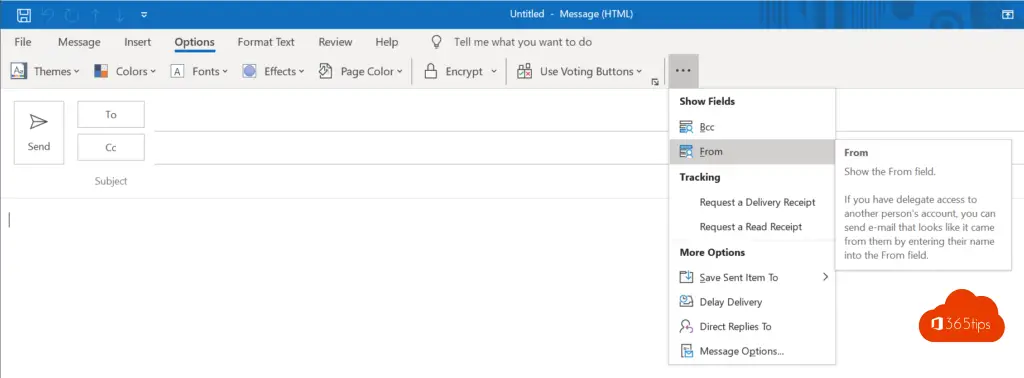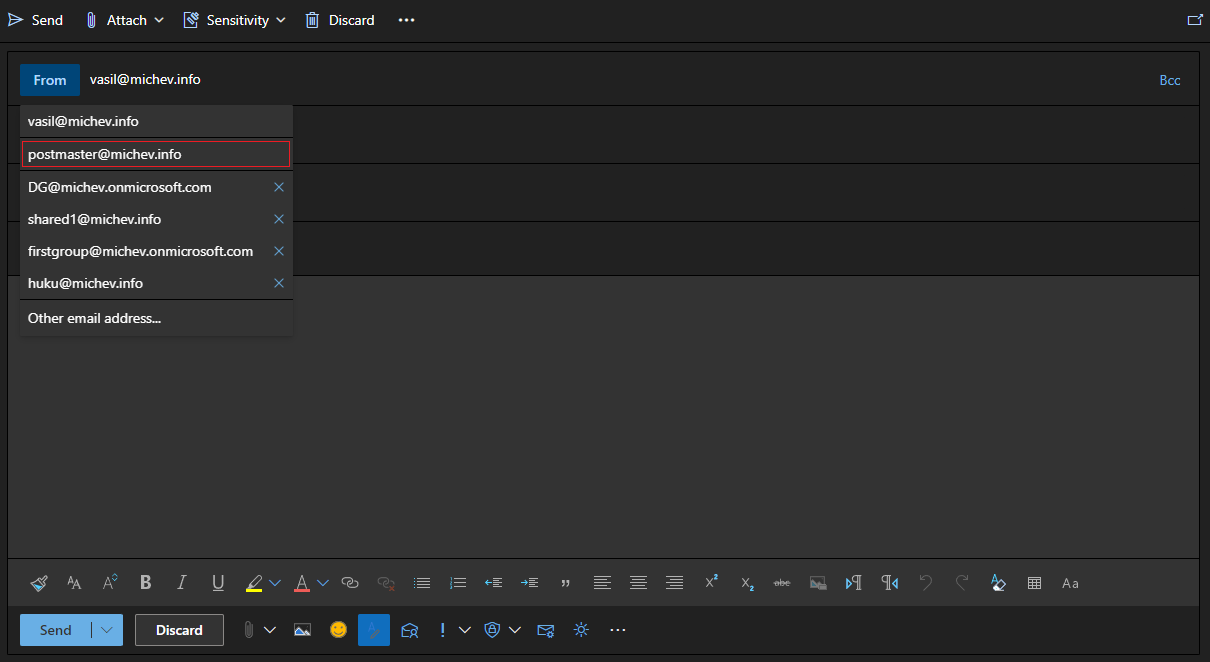

After restarting Outlook, you can remove the pst-file via the Data Files tab in Account Settings.Select the Inbox folder of your Exchange mailbox.At the bottom of the dialog, click the “Change Folder” button.In the Account Settings dialog, select your POP3 account.This might sound a bit superfluous, as we just disabled the receiving of mail for the POP3 account anyway, but by doing so, you can get rid of the pst-file that the adding of the POP3 account created and (more importantly) your sent messages will be stored in the Sent Items folder of your Exchange mailbox. Additionally, you must set the POP3 account to deliver new messages to your Exchange mailbox instead of a pst-file.Once configured, you must go into your Send/Receive settings and disable this account from receiving mail to prevent duplicate messages coming in.When configuring your account, make sure you configure it to leave a copy of the messages on the server and not to remove it after x-days.My outgoing server (SMTP) requires authentication:

The alias address of your Exchange mailboxįor Office 365 accounts use: įor Office 365 accounts use: ĥ87 (or 25 in non-default configurations) Ask your Exchange administrator if you do not know these.įor most Exchange servers, the settings are as follows (port and encryption settings can be configured by clicking More Options…-> tab Advanced)

This usually isn’t a problem internally but might be blocked for you when you are outside your corporate network. The important part is the SMTP access to your Exchange server.


 0 kommentar(er)
0 kommentar(er)
